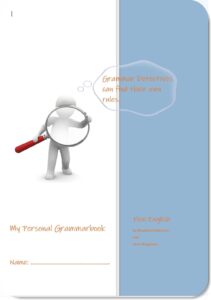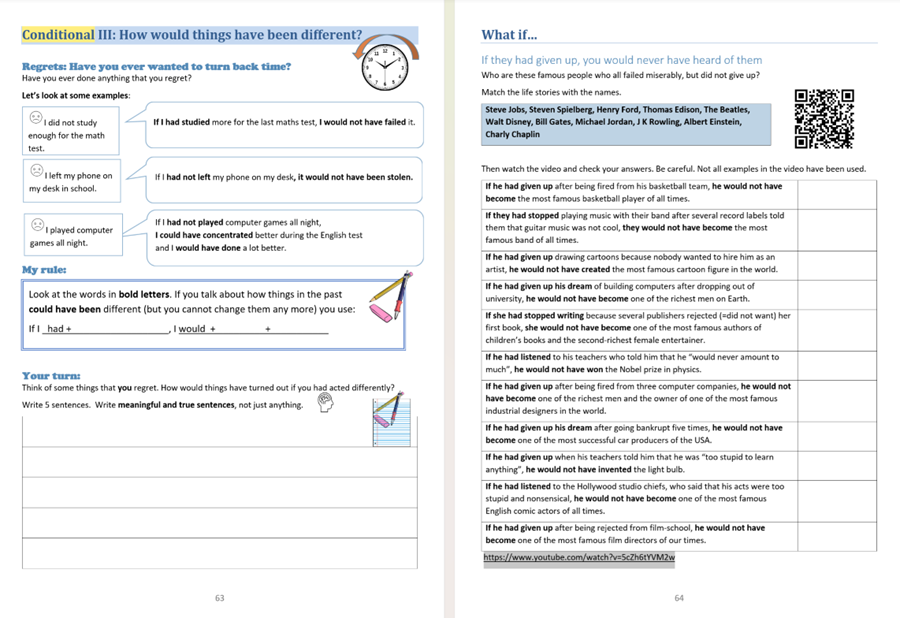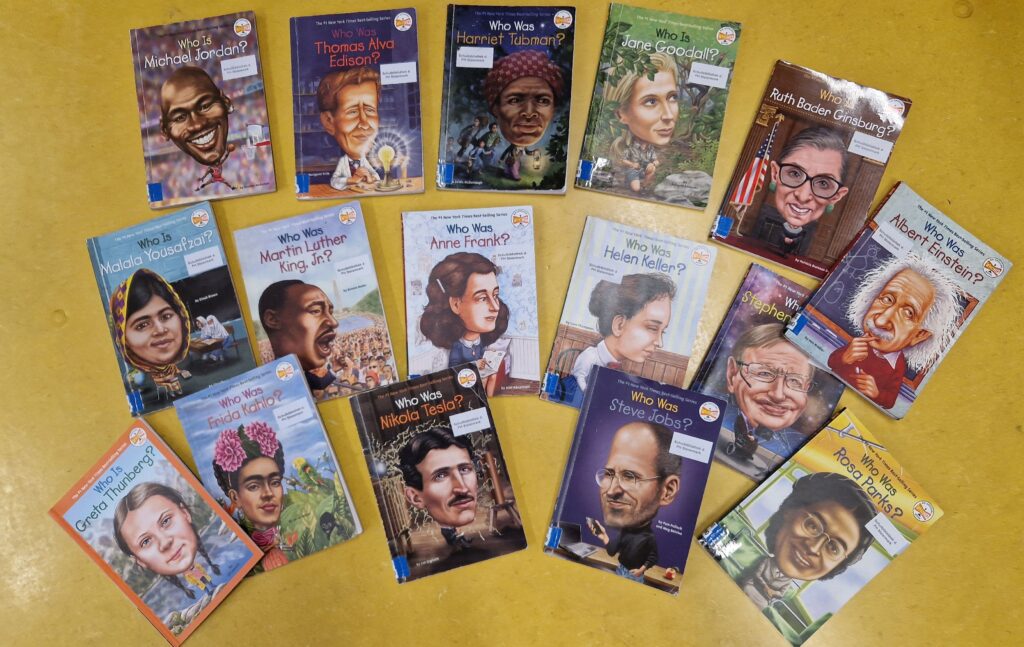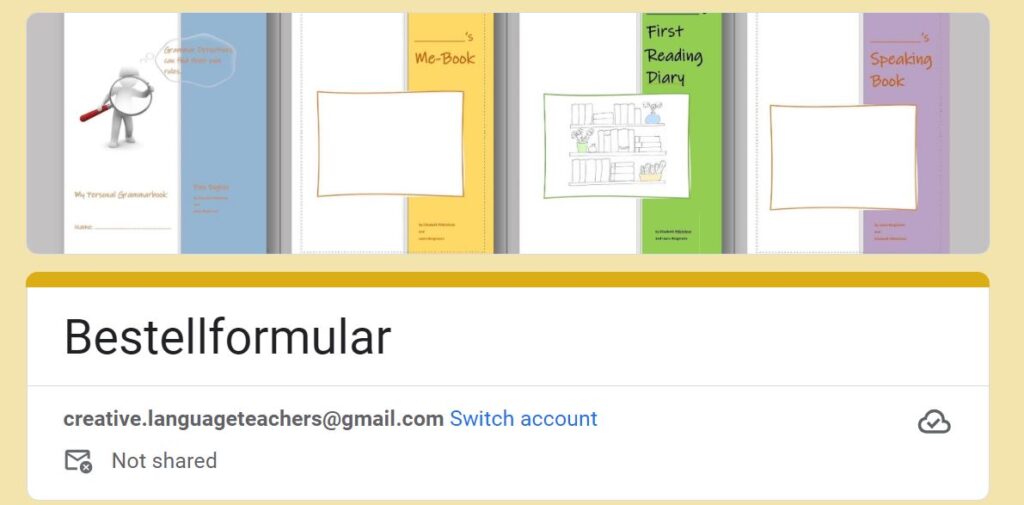In one of my previous grammar posts, I presented an example of using second conditionals in the context of ‘wishful thinking’. Today, let’s look at the third conditional in the context of talking about regrets and turning back time.
The biggest mistake teachers can make when teaching conditionals is trying to cover all three types at once. This will certainly confuse learners. Hardworking learners will study the table showing the tenses used in different types of if-clauses and apply the rules in a test. However, as soon as they start producing language in context, they get all the tenses wrong. Each type of if-clause refers to a very specific context and meaning that students need to understand and internalise. In order to use the forms appropriately, students must establish clear connections between meaning and form, ideally based on personally meaningful and relevant examples.
Decontextualized, sentence-level exercises offered in most textbooks are not very effective.
 Teachers using the latest version of our grammar book, Grammar Detectives, will find two useful activities on pages 63 and 64. If you are using an older version, you can print the new conditional III pages by clicking on the image below. We recently replaced the old conditional III pages in the grammar book because they dealt with Corona restrictions that are no longer relevant to students.
Teachers using the latest version of our grammar book, Grammar Detectives, will find two useful activities on pages 63 and 64. If you are using an older version, you can print the new conditional III pages by clicking on the image below. We recently replaced the old conditional III pages in the grammar book because they dealt with Corona restrictions that are no longer relevant to students.
The second activity “What if…?” is used in connection with a short YouTube video showing famous people who all failed miserably, at some point in their lives, but did not give up.
Ideally, this topic is taught parallel to the “WHO WAS …?” reading project described here.
In the context of this reading project, the concept of “What would have happened if …” really makes sense.
Click on the image to go to the WHO WAS…? project page.
Try this approach and find more activities to practice the third conditional here.



